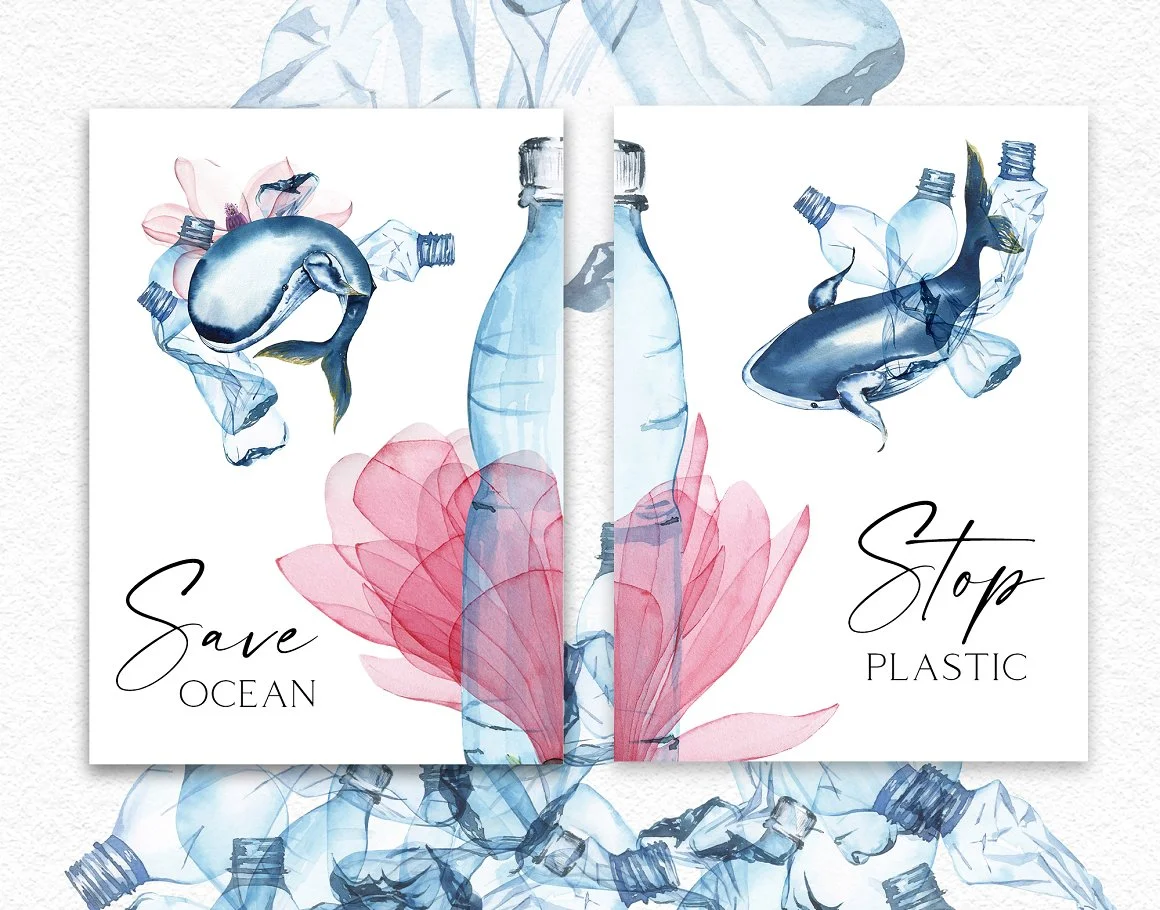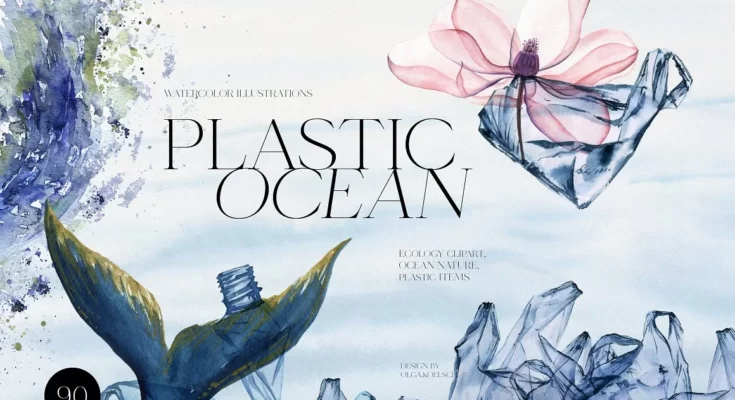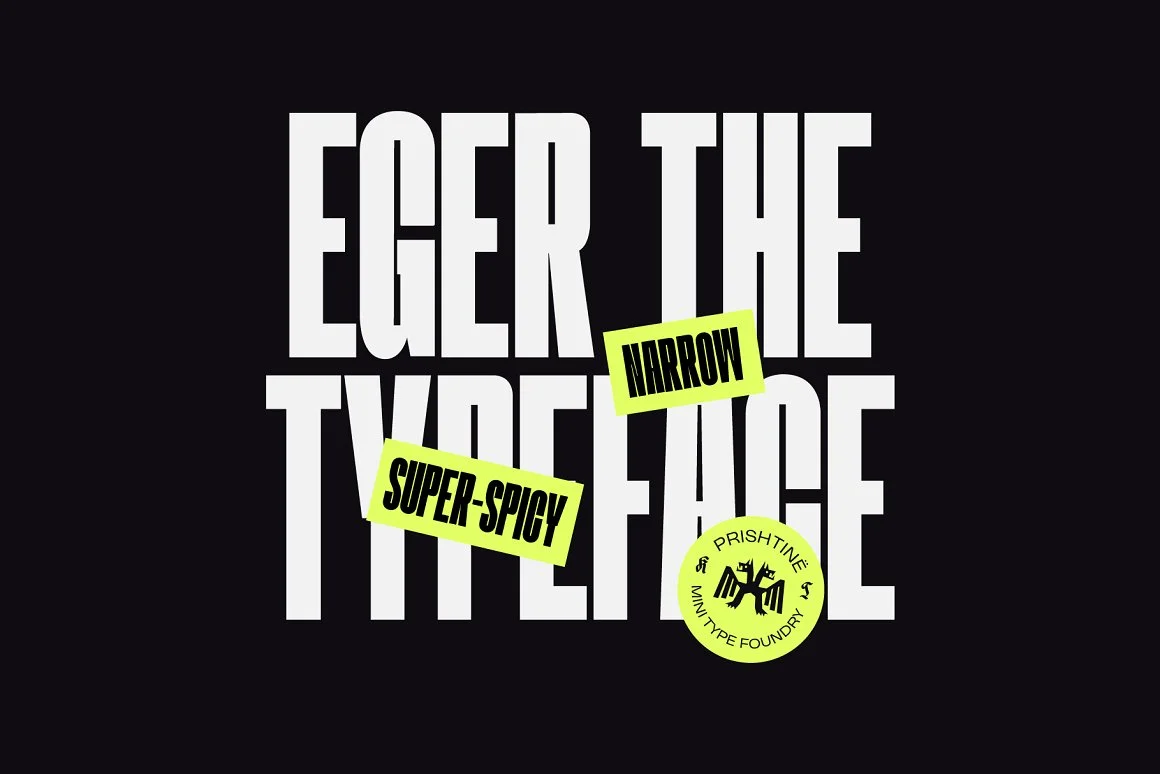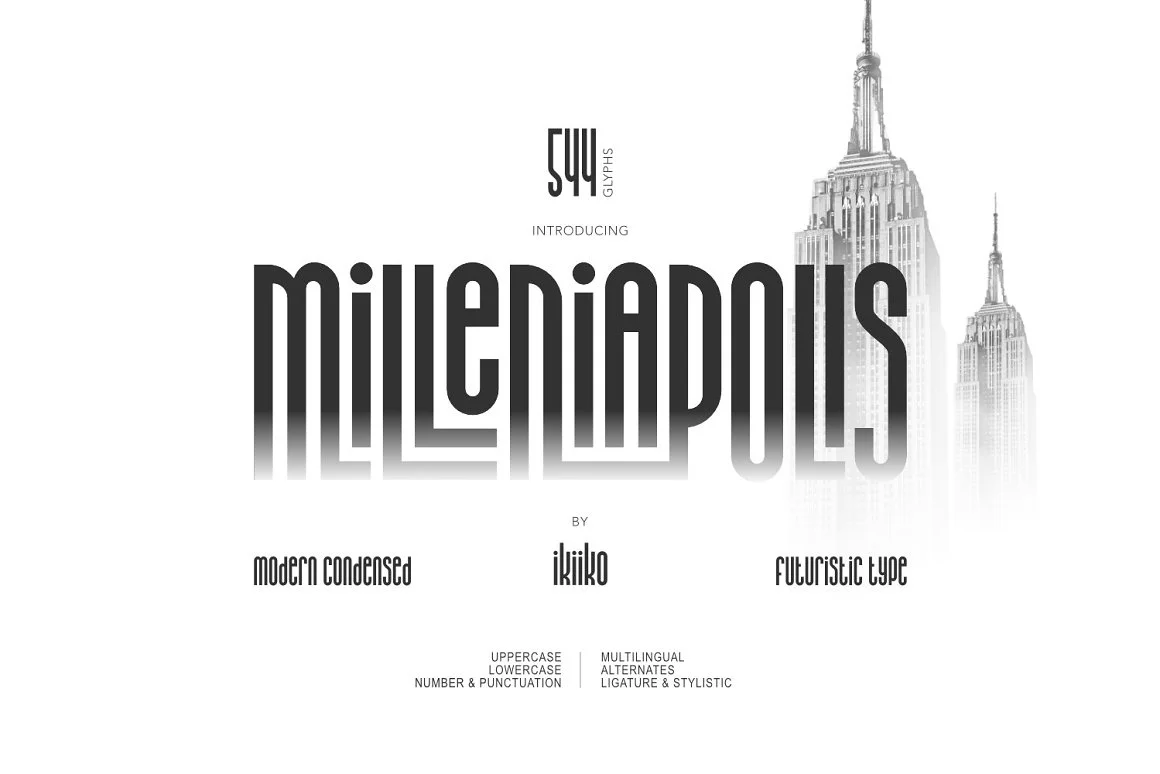Plastic Ocean Ecology
Plastic Ocean Ecology is one of the most widely used materials in the world, but also one of the most harmful to the environment. Every year, millions of tones of plastic waste end up in the ocean, where they pose a threat to marine life and ecosystems. In this article, we will explore the sources, types, and effects of plastic pollution in the ocean, and what we can do to prevent it.
Sources of Plastic Pollution in the Ocean
Plastic pollution in the ocean comes from various sources, both land-based and ocean-based. Land-based sources include littering, improper waste management, industrial activities, and stormwater runoff. Ocean-based sources include fishing, aquaculture, shipping, and recreational activities. According to a study by Jam beck et al. (2015), the top 20 countries that contribute the most to ocean plastic pollution are China, Indonesia, Philippines, Vietnam, Sri Lanka, Thailand, Egypt, Malaysia, Nigeria, Bangladesh, South Africa, India, Algeria, Turkey, Pakistan, Brazil, Myanmar, Morocco, North Korea, and the United States.
Types of Plastic Pollution in the Ocean
Plastic pollution in the ocean can be classified into two main types: macroplastic and microplastic. Macroplastic refers to plastic items that are larger than 5 mm, such as bottles, bags, fishing nets, and toys. Microplastic refers to plastic particles that are smaller than 5 mm, such as fragments, fibers, beads, and pellets. Microplastic can be further divided into primary and secondary microplastic. Primary microplastic is intentionally produced or used, such as microbeads in cosmetics, nurdles in plastic manufacturing, and microfibers in synthetic textiles. Secondary microplastic is formed from the degradation of larger plastic items due to physical, chemical, and biological processes.
Effects of Plastic Pollution in the Ocean
Plastic pollution in the ocean has negative impacts on marine life and ecosystems at various levels. Plastic can affect marine organisms through ingestion, entanglement, injury, infection, toxicity, and bioaccumulation. Plastic can also alter the physical and chemical properties of the ocean, such as light penetration, temperature, salinity, oxygen, and nutrient levels. Plastic can also act as a vector for invasive species, pathogens, and pollutants, such as heavy metals, organic contaminants, and persistent organic pollutants (POPs). Some of the consequences of plastic pollution in the ocean include:
- Reduced biodiversity and ecosystem functioning
- Reduced food availability and quality for marine animals and humans
- Reduced economic and social benefits from marine resources and services
- Increased risk of disease outbreaks and human health problems
- Increased greenhouse gas emissions and climate change effects
Solutions to Plastic Pollution in the Ocean
Plastic pollution in the ocean is a complex and global problem that requires collective and coordinated actions from all stakeholders, such as governments, industries, consumers, researchers, and NGOs. Some of the possible solutions to plastic pollution in the ocean include:
- Reducing the production and consumption of single-use and disposable plastic items
- Improving the design and quality of plastic products and packaging to make them more durable, reusable, recyclable, and biodegradable
- Improving the waste management and recycling systems to prevent plastic leakage into the environment
- Implementing policies and regulations to ban, tax, or limit the use of certain plastic items or materials
- Raising awareness and education among the public and the private sector about the causes and consequences of plastic pollution in the ocean
- Supporting and conducting research and innovation to develop alternative materials, technologies, and methods to monitor, measure, and mitigate plastic pollution in the ocean
- Supporting and participating in clean-up and restoration activities to remove and recover plastic from the ocean and the coastlines


Conclusion
Plastic pollution in the ocean is a serious and urgent issue that affects the health and well-being of our planet and its inhabitants. Plastic pollution in the ocean is caused by various sources and can be categorized into macroplastic and microplastic. Plastic pollution in the ocean has negative impacts on marine life and ecosystems at multiple levels. Plastic pollution in the ocean can be prevented and reduced by adopting a range of solutions that involve all stakeholders. By taking action now, we can protect our ocean and our future from the plastic menace.

















